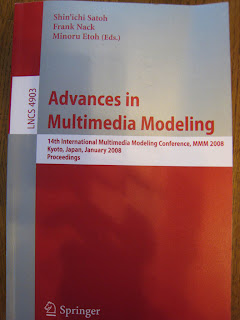Omote-sando is one of my favorite places to walk around. Omote-sando means “main front avenue to a shrine” in general; in
Last Friday, I and a friend met together at Omotesando Hills to try wine tasting.
That is one year my absence to the wine shop and restaurant called Bisty’s
Bisty’s offers wines with a small unit, a 20ml, 50ml, and 90ml via their wine serving system, for which I paid several thousand Japanese yen (USD30-40) for a pre-charged IC card.
We started affordable white wines, even with a bottle purchase, and tried Paul Autard Chateauneuf du Pape (
Paul Autard gave us a blackberry and graphite flavors, with solid underlying note of Grenache. Claude Dugat was marvelous full body red (See its description in Japanese)
It was a nice Friday to celebrate a chilly cold winter in night of Tokyo. I love such a winter night, for the best occasion to taste red wines.
About pictures:
Two pictures show the wine serving system, displaying 20ml price of each wine.
The last one is a funny sign board at the avenue that say’s “Heavy Sandwich ” which is playing on words as Heavy -> “Omotee” (in Japanese) and “Sando” ( i.e., Japanese pronunciation of Sandwich) .











